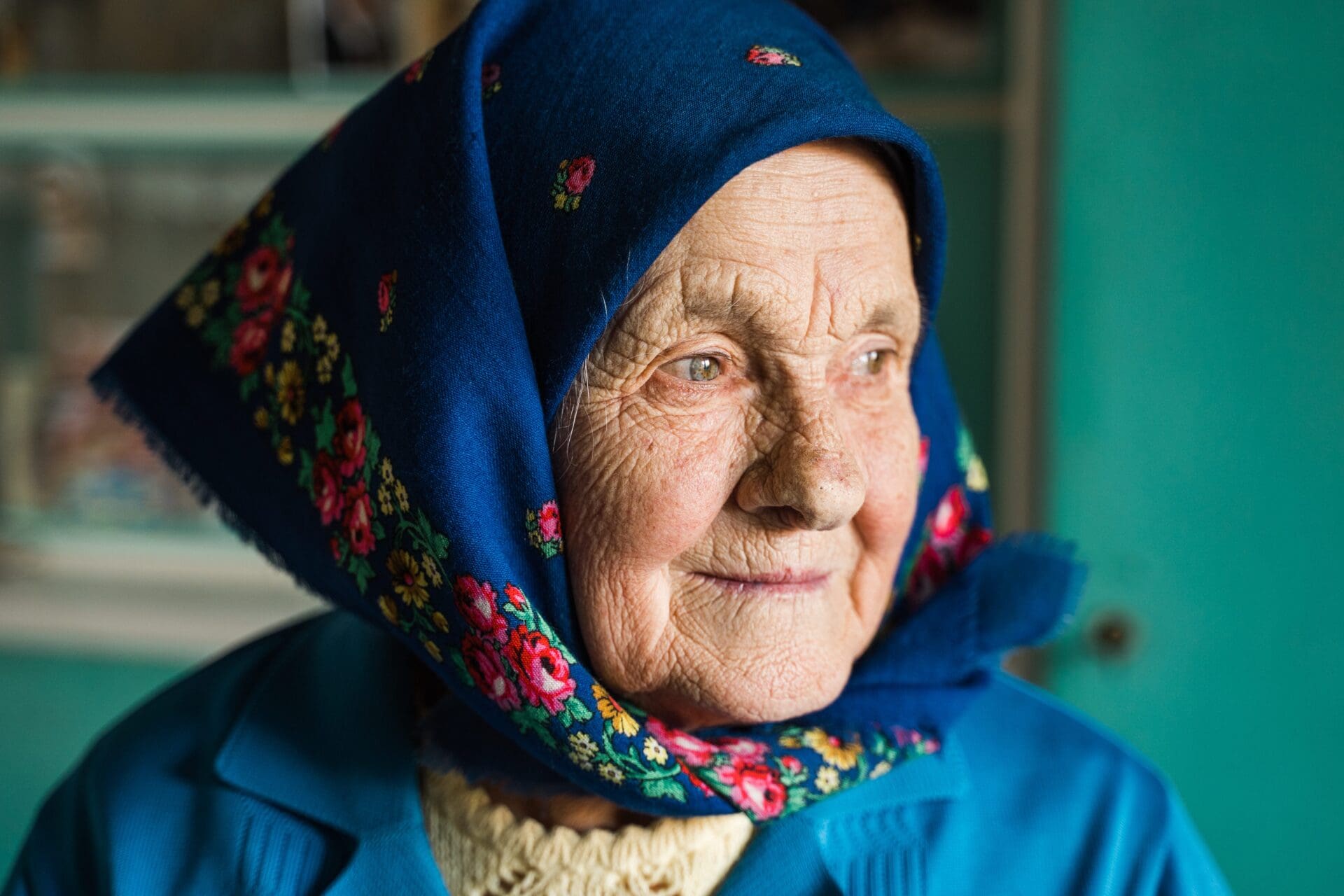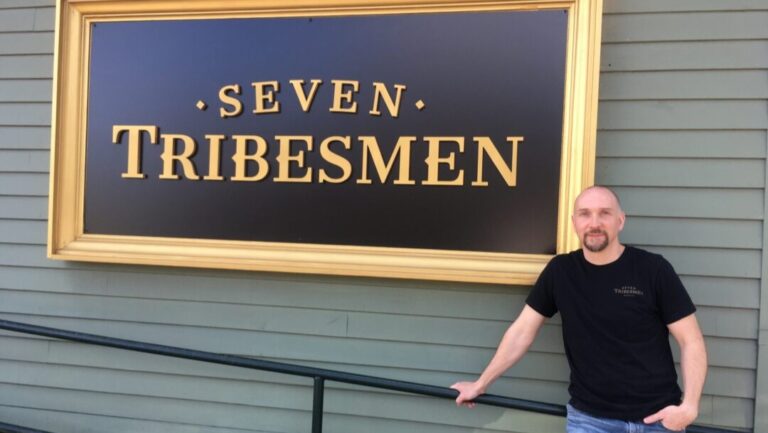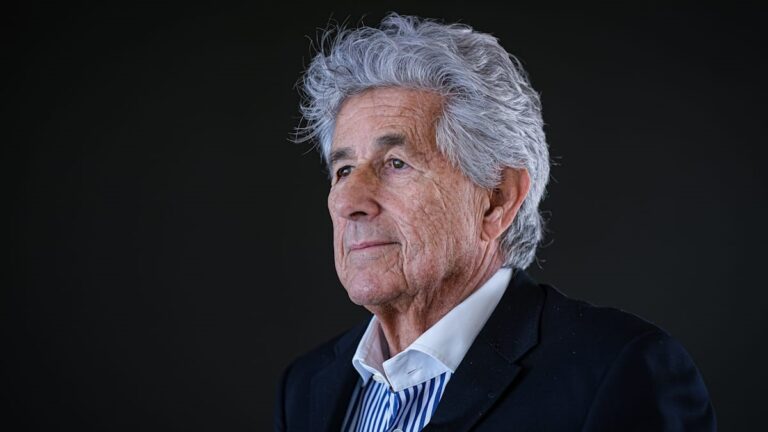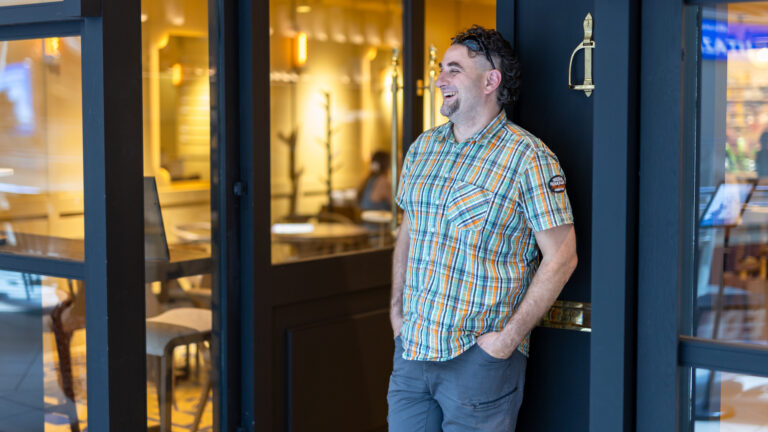The Highlights of Hungary Award is an annual award that was established in 2013 to recognise and celebrate the most notable achievements of Hungarians around the world. The award is organised by the Highlights of Hungary Foundation, which was founded by a group of Hungarian professionals and entrepreneurs.
Each year, the Highlights of Hungary Award recognises individuals or groups who have made significant contributions to the fields of science, culture, arts, sports, and social activism. The award ceremony is held in Budapest and is attended by prominent figures from Hungary and around the world.
This year, the Audience Award was won by photographer Zsófia Mohos for her project titled Görbeország, a collection of photos documenting the customs and traditions of the Palóc, a distinct group of Hungarians living in Northern Hungary and Southern Slovakia.
Below is the interview she granted to Hungarian Conservative.
What motivated you in creating the Görbeország project, how did you arrive to this title? How did you find the topic of Palócföld, and why did you think it would be a good starting point for a photoshoot?
Ever since I was very young, I spent a lot of time in Palócföld (Palócland or Palóc Country), in a small village called Kisecset, which has a population of about 150. The house of my grandmother is a typical peasant house that still does not have running water or gas installed. I always enjoyed this simpler life that is close to nature. Also, our neighbour is a family of peasants, where a lady called Zsuzsika still wears folk clothing. I spent a significant amount of time at their house as a kid. I liked the fact that they were just doing their jobs, and I sort of joined in. At the crack of dawn, Zsuzsika and I headed to the pastures with the sheep or went to collect hay. I sat in the tractor and on top of the trailer–as a kid, seeing the authentic village life was a huge summer experience. Back then, the village was still very much alive.
Then, when I was around 17, and started to garner interest in photography, I noticed that there are fewer and fewer ladies wearing traditional garments attending church and that there are more and more abandoned houses in the area. I felt that I needed to capture the essence of the village before it disappears forever.
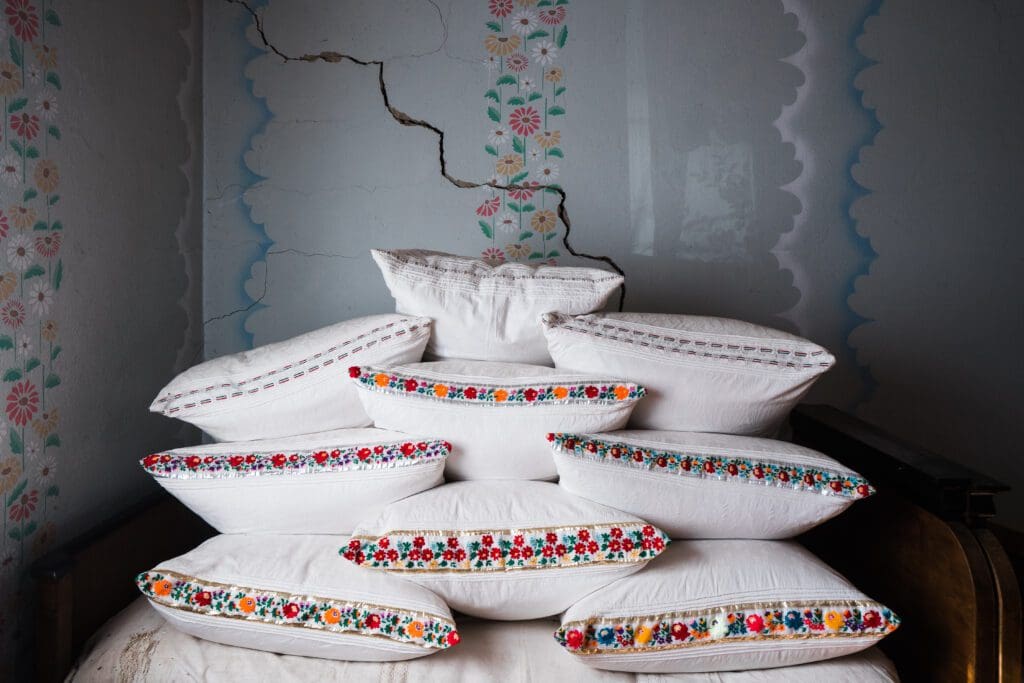
The title ‘Görbeország’ was inspired by Kálmán Mikszáth, who used to refer with this term to his place of birth, Palócföld. I liked this charming, fairy-tale-like word. I felt that it describes the way I see this land. The first time I used the title, it was for a photo of the extremity of the village, where one could see a sheep pen with muddy roads and curved hills in the background. After that, I started to use the term more and more frequently. In 2017, it was the title of one of my exhibitions, and in 2019, the title of my photobook. Because these days I do not only take pictures in villages in Nógrád County, I sort of reinvented the phrase for myself. To me it represents the disappearing peasant culture anywhere in the country, or even beyond its borders.
What challenges did you face creating the project?
In the beginning, I only took photos in Kisecset and its surrounding villages, where it was easy to contact locals, because they know me since I was a child. Later, I felt that I got stuck and I should open towards other topics as well, to escape my comfort zone, and capture villages that I am not familiar with. Thus, in 2020, I applied for the scholarship of the Hungarian Academy of Arts. In the application I mentioned my plans of documenting the life of Rimóc in Palócföld, and that of Kupuszina in Vojvodina for the next three years. Kupuszina had a Palóc population settle in the area during the time of Empress Maria Theresa, and they have preserved their original customs and attire. And I chose Rimóc because it has both younger and older generations respecting their customs, such as the ‘Mária-girls’—a custom that assigned women an important role in the religious life of a village from a young age—or the Rimóc Brass Band, that has been performing for over a hundred years. This year I am closing in on the end of my three-year project. I am already working on a new book that will also include my writings.
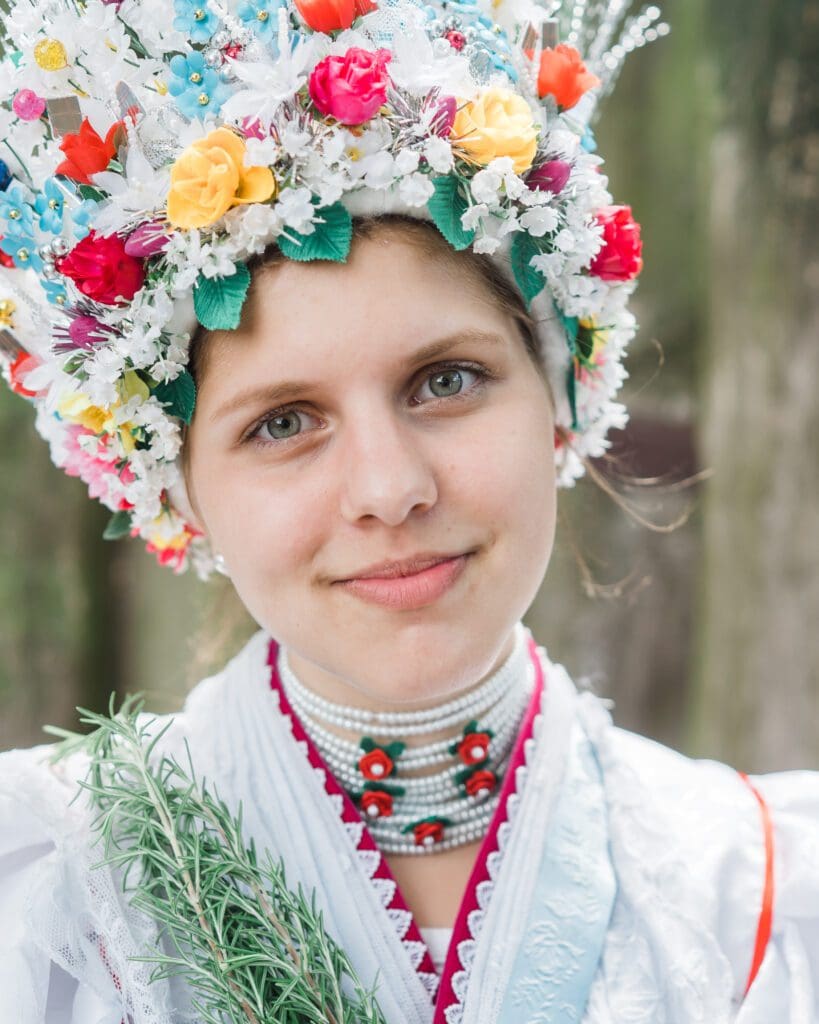
What kind of methods did you use taking the pictures? Do you have a favourite tool that you use in every project?
Although I used to capture everything on film, these days I exclusively use a digital camera. I am not a tech-guru, so it is merely a tool for me. However, professionalism is important, and a digital camera allows me to really capture what I imagined in my head, regardless of the circumstances or lighting conditions.
As a photographer, what is it that captivates you see about Palócföld? What emotions does it awaken, what cultural or historical significance does this region have through the eyes of an expert?
I am a little biased regarding this topic since I really love the area. But if I try to look at it from an objective standpoint, we are talking about a region of the country that is less developed than others. This may, actually, be the key to its uniqueness, which allowed me to find so many original traditions, buildings, clothing, and people for the project. I have been interested in folk costumes from an early age. I found it fascinating that people in the 21st century still wear clothing like that every day. It shows a certain commitment and system of principles and values. I started to notice that people who have no relation to the Palóc could also easily join my pictures because they had similar experiences with grandparents living in Somogy County or Szeged. And those experiences are worth reliving and rediscovering wherever we are.
How did it feel to win the audience award of Highlights of Hungary? How will this affect your career and your future projects?
Honestly, I was surprised since the list of nominees seemed quite strong. Some projects that are my personal favourites were also nominated, and I felt honoured to be included in the same list. I am once again very grateful to Vivien Mádai for nominating me. During the voting period, I already received so much love and support from the people, local governments, and organisations that I worked on the project with, I felt that I already won. Since then, wherever I go, people are happy with me because something including the Palóc managed to achieve such success. This is huge positive feedback both for them and myself. This gives me further motivation and momentum, but also to them, I believe.
What are your plans? Do you have specific topics in mind that you would like to work on?
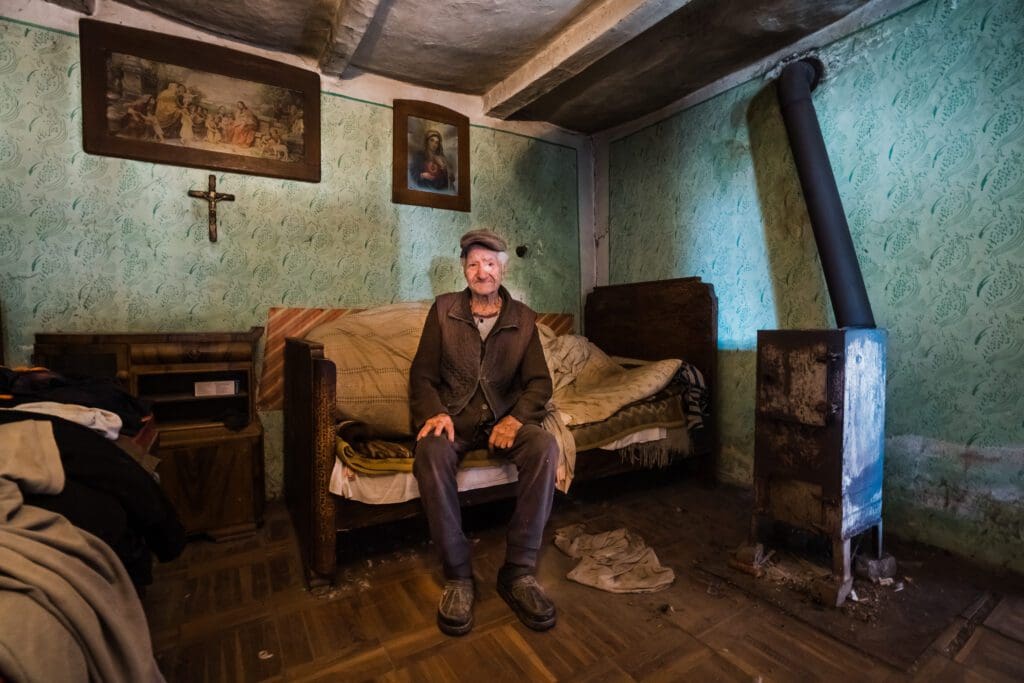
I feel that the more I discover of this world, the clearer it becomes how little I know about it. I would love to return to Palócföld and capture the wardrobes of women who have folk costumes, and those who still wear it or even make it. During the project in Kupuszina, I discovered pieces of Vojvodina as well, where I noticed that ethnic minorities are still eager to keep their traditional languages and identities. I visited Slovakian and Croatian villages as well.
What is the message you are trying to convey with Görbeország? What are its most important values?
The main idea is to capture a world that is going to disappear soon. I also learned a ton from spending time with the elderly. I felt that I often acclimatised myself to their slower way of life. I was able to find and enjoy the simple, little things in my surroundings, and I managed to learn the happiness of existence from them.
To find out more about the photographer’s other projects, you can visit the artist’s website.

